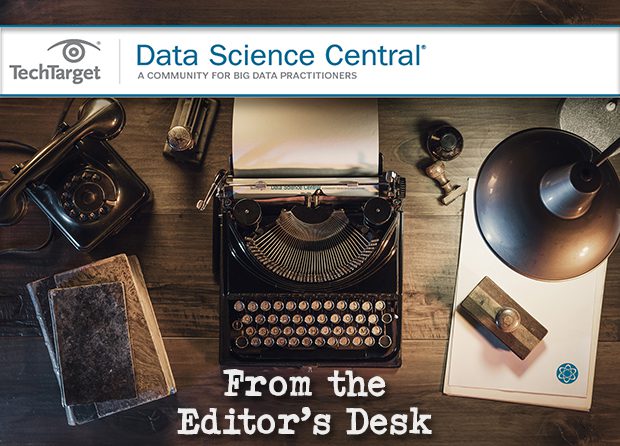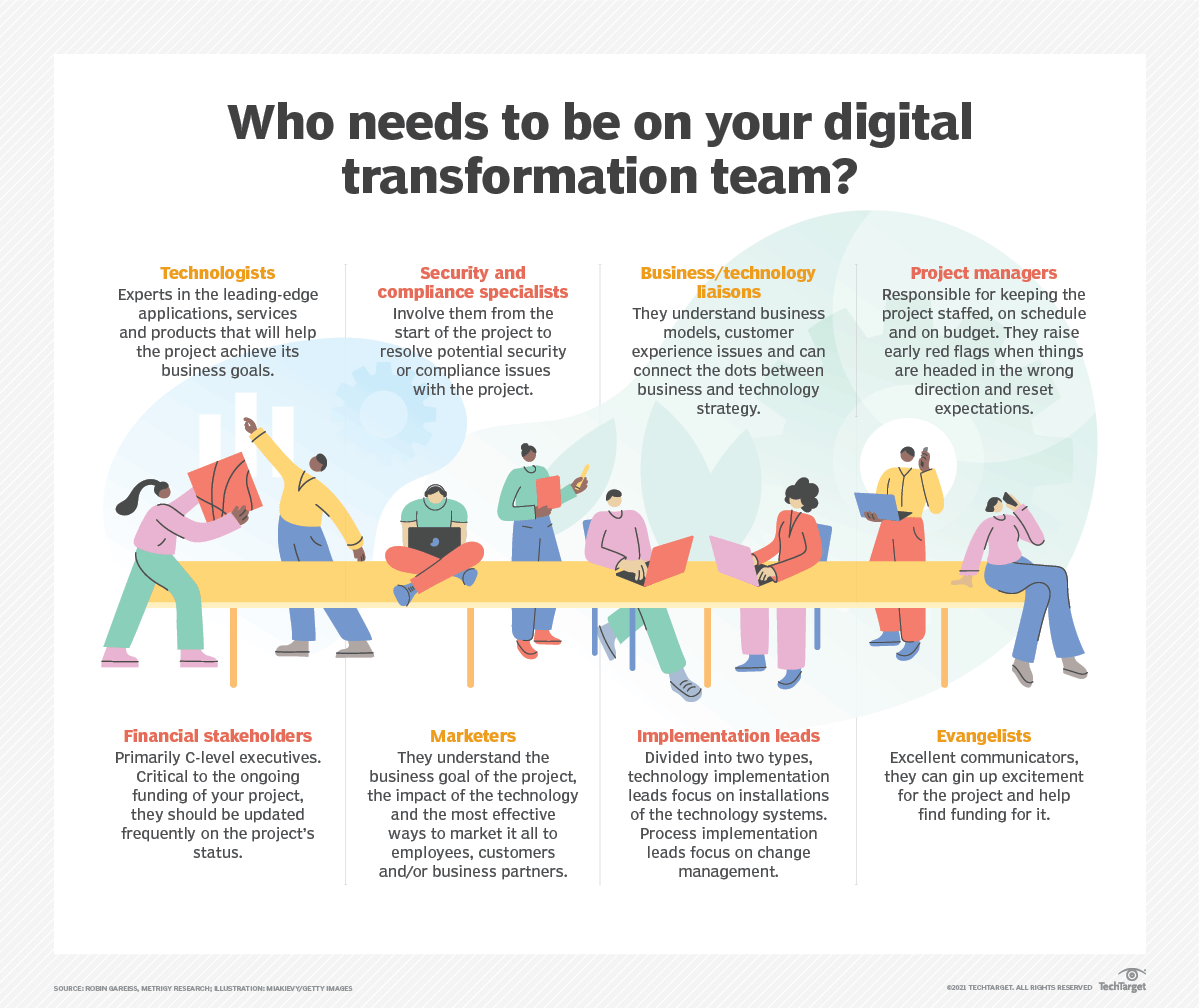The Pandemic, Punctuated Equilibrium, and Digital Transformation
It’s coming up on a year. Covid-19 was already in the news but for the most part, the virus hadn’t really penetrated most people’s awareness yet. There was talk of a severe epidemic in China, and pictures of people wearing masks in Beijing were showing up, but in most parts of the world, there was no real concern yet.
Since then, several million people have died globally, face masks became political statements, and the bulk of office work done worldwide now takes place in people’s spare bedrooms. We have all learned how to Zoom (and what Zoom fatigue really means) and workplaces and schools are still mostly empty as remote work and remote schooling become the new normal.
There is a common misconception that evolution involves changes that happen incrementally. That’s not completely true. Evolution, when you get right down to it, is how an organism adapts to a changing environment. Change brings stress. Stress forces adaptation. If the adaptation is beneficial, the change gets incorporated. If it doesn’t, the species (the survivors) remember that too.
Most of the world has been on a massive roller coaster ride of change as innovations and the stresses those innovations wrought created a vicious spiral, but that change has been bursty. The exploitation of oil as a fuel source, techniques for iron hardening, learning how to make use of light waves for communication, the advent of the industrial age, radio, television, electronic networks, and computers, the Internet, each of these things accelerated change in our society because they were stressful and challenged the status quo.
Covid-19 has done the same thing, by forcing us to learn how to adapt to become an increasingly digital, disconnected society. These changes would have happened regardless, but they would have taken ten to fifteen years longer to play out had the virus not forced us to speed that process up. Digital Transformation has become yet another punctuated equilibrium, and what drives that transformation, ultimately, is the need for information, aka data.
We are all becoming data scientists, whether we want to or not, because each one of us recognizes that we generate information simply by living. Until recently, there was no way to capture those data streams, those lifestreams, but increasingly there is, through a vast network of cameras and sensors and actuators (robots and drones). These streams of data drive systems intelligent enough to respond to specific patterns of information to achieve specific goals. This is what digital transformation is all about – creating organizations (and even individuals) capable of responding to the shifting contexts of existence and reconfiguring themselves (i.e., adapting) to meet future needs. Digital Transformation is evolution in action.
This is why we run Data Science Central, and why we are expanding its focus to consider the width and breadth of digital transformation in our society. Data Science Central is your community. It is a chance to learn from other practitioners, and a chance to communicate what you know to the data science community overall. I encourage you to submit original articles and to make your name known to the people that are going to be hiring in the coming year. As always let us know what you think.
In media res,
Kurt Cagle
Community Editor,
Data Science Central
Announcements
- Become a Machine Learning Engineer, program backed by Andew Ng’s AI Fund. FourthBrain offers an online learning program, with live instruction, that trains students to become a Machine Learning Engineer in 16 weeks. Our project-based curriculum and comprehensive career services enable graduates to land a job as a Machine Learning Engineer. Apply Now: Classes start on March 6th.
DSC Featured Articles
- Complete Life Cycle of A Data Science Project
- Maximum runs in Bernoulli trials: simulations and results
- Biden wants review of IT exemption in Buy American law
- How Digital Transformation Will Help Businesses in 2021?
- How Data Science Helps Shape Consumer Behavior In A Post-Pandemic W…
- How Grocery Delivery App Benefits Grocery Stores to Expands their B…
- NLP Makes Every Business User More Comfortable with Analytics
- Probabilistic Machine Learning book – a great free reference for ma…
- Measuring the Contact Series Bias
- Unsupervised Feature Selection for Time-Series Data
- An Overview of Simple Random Sampling (SRS)
- AI DataSense Technology
- Towards a Liquid World
- Watch Out for the Top 5 Most In-Demand AI Job Skills in 2021
- Ensemble Forecasts: The Future of Modeling Pandemics?
- An Intuitive Study of Time Series Analysis
- Introducing Knowledge Graphs into Organizations
- Powerful Business Intelligence Tools for Data Analysts in 2021
- Data Science Central Weekly Digest 08 Feb 2021
TechTarget Articles
- 10 BI dashboard design principles and best practices
- Evaluate open source vs. proprietary AIOps tools
- Salesforce’s remote work hiring strategy raises questions
- Google adds alias email addresses to Gmail search
- Digitizing the supply chain requires standards to succeed
- 5 technology strategy tips for higher education CIOs
- How to craft an effective multichannel marketing strategy
- Do you need a data warehouse for business intelligence?
- Cloud data catalog benefits for the enterprise
- Why connected healthcare needs a product mindset
Picture of the Week
Videos | Search DSC | Post a Blog | Ask a Question
Follow us on Twitter: @DataScienceCtrl | @AnalyticBridge
275 Grove Street, Newton, Massachusetts, 02466 US
You are receiving this email because you are a member of TechTarget. When you access content from this email, your information may be shared with the sponsors or future sponsors of that content and with our Partners, see up-to-date Partners List below, as described in our Privacy Policy . For additional assistance, please contact: [email protected]
copyright 2021 TechTarget, Inc. all rights reserved. Designated trademarks, brands, logos and service marks are the property of their respective owners.



